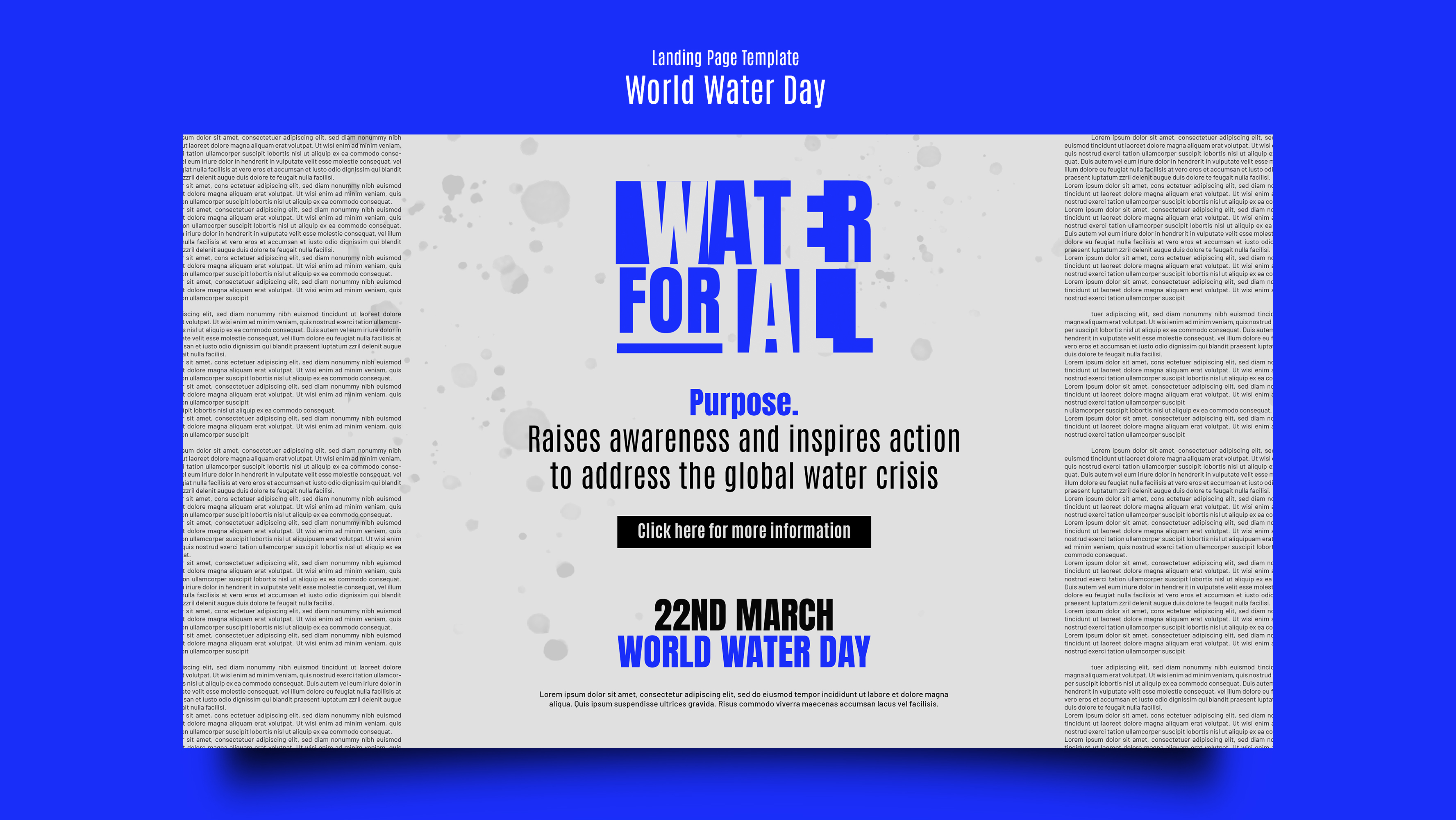Disclosure: Small Business Philippines strives to provide relevant and accurate information in all its articles. However, some information in our articles may differ or might be outdated from what you can see or read directly from the establishments’ or businesses’ websites. Please get in touch with us directly for any discrepancies.
A press release template serves as a structured format for businesses to communicate news or announcements to the public and media. It ensures clarity, consistency, and professionalism in conveying key messages. Crafting an effective press release involves understanding its purpose, knowing when to use it, where to distribute it, and how to write it compellingly. In this guide, I’ll delve into the intricacies of creating impactful press releases, providing step-by-step instructions, real-world examples, and invaluable tips.
Why Use a Press Release Template?
Press releases are essential tools for businesses to announce new products, events, milestones, or any noteworthy developments. They help garner media coverage, attract attention from stakeholders, and maintain transparency. Using a template ensures that every press release follows a standardized format, making it easier for journalists and readers to extract key information quickly and efficiently. By adhering to a structured template, businesses can maintain brand consistency and enhance their credibility in the eyes of the media and the public.
When to Use a Press Release
Press releases are ideal for various scenarios, including product launches, mergers and acquisitions, executive appointments, financial results, community involvement, and crisis management. Timing is crucial; press releases should be issued promptly to coincide with the relevance of the news. For example, launching a new product would require a press release to be distributed before or on the day of the launch to generate buzz and attract media coverage.
Where to Distribute Your Press Release
Distributing your press release to the right channels is as important as its content. Consider using reputable distribution services, industry-specific media outlets, social media platforms, and your own website’s press section. Tailor your distribution list to reach journalists and publications interested in your industry or niche. Local newspapers, trade magazines, online news portals, and blogs can also be effective distribution channels depending on your target audience and the nature of your announcement.
How to Write a Press Release: Step-by-Step Guide
1. Headline
Craft a clear and compelling headline that grabs attention and summarizes the news succinctly.
2. Dateline and Lead Paragraph
Include the city and date of the release followed by a concise lead paragraph answering the who, what, when, where, and why of your news.
3. Body
Expand on the lead with supporting details, quotes from key stakeholders, and relevant background information.
4. Boilerplate
Provide a brief description of your company, its mission, and core activities at the end of the press release.
5. Contact Information
Include media contact details for journalists to reach out for further inquiries or interviews.
Examples of Effective Press Releases
Example 1: Product Launch Headline: XYZ Company Unveils Revolutionary AI-Powered Software for Small Businesses Dateline: New York, June 1, 2024 Lead Paragraph: XYZ Company today announced the release of its latest software innovation, designed to streamline operations and enhance productivity for small businesses worldwide.
Example 2: Executive Appointment Headline: ABC Corporation Appoints Jane Doe as Chief Financial Officer Dateline: San Francisco, May 15, 2024 Lead Paragraph: ABC Corporation has named Jane Doe as its new Chief Financial Officer, effective immediately, following an extensive search for a seasoned financial strategist.
Tips for Writing an Effective Press Release
- Be Concise: Stick to the facts and avoid unnecessary jargon or embellishments.
- Use Quotes Sparingly: Include quotes that add value and authenticity to your story.
- Proofread Thoroughly: Check for grammatical errors and ensure clarity and coherence.
- Include Multimedia: Supplement your press release with images, videos, or infographics where appropriate.
- Follow Up: After distribution, follow up with journalists to gauge interest and offer additional information or interviews.
Key Takeaways
Crafting an effective press release requires careful planning, adherence to a structured format, and attention to detail. By utilizing a press release template, businesses can streamline the process of drafting and distributing news while maximizing visibility and engagement. Whether announcing a product launch, organizational changes, or financial updates, mastering the art of press release writing can significantly enhance your company’s reputation and media presence.



